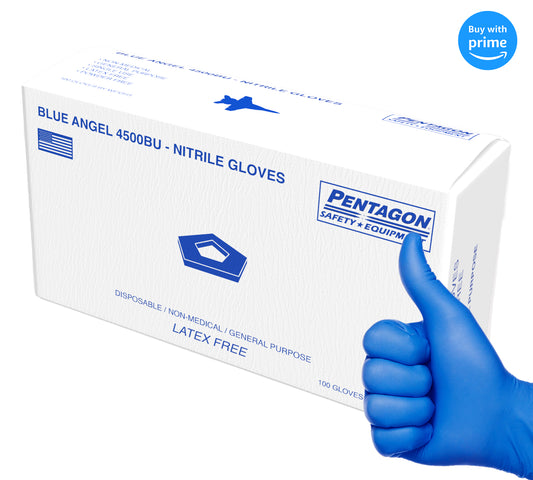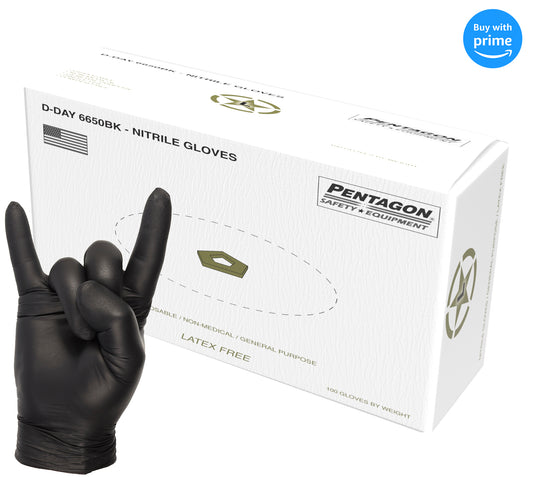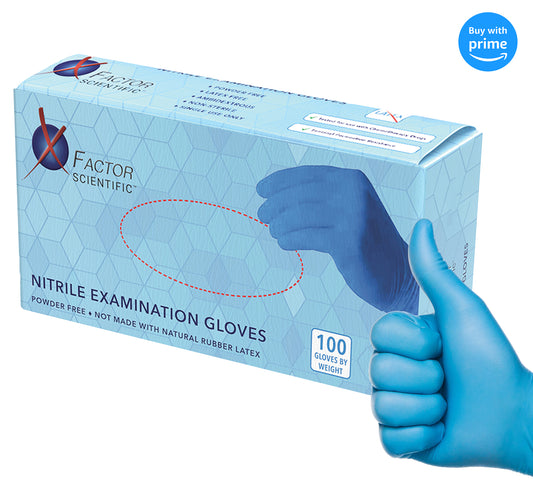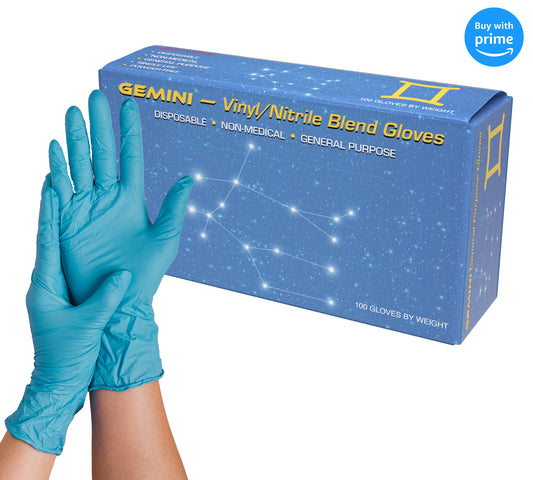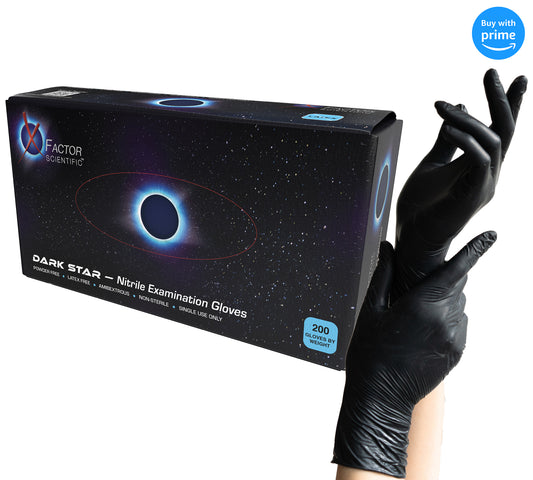Collection: Wholesale Hand Protection
While there are numerous types of gloves in the market. For the sake of brevity, there are single use gloves and reusable use gloves. We promote and believe in single use gloves. First single use gloves, when used correctly are more hygienic, often better fitting, minimize cross-contamination potential, minimize waste, are less expensive and are often easier to don. Obviously, all PPE is dependent on the task at hand. Many industries need and want reusable gloves (welding, chemical mfg, auto, etc.). When it comes to certain tasks, cut resistant gloves, specific chemical resistant gloves, and electrically rated gloves are better to use and all of which are reusable gloves.
However, the majority of the glove market is the disposable glove market. Within the disposable glove market there are 5 primary types of disposable glove materials: PE, PVC, Latex, Synthetic, Nitrile.
We do not offer PE gloves because we do not believe they are suitable for most uses. While the least expensive glove on the market, they are notorious for quality control issues and are only to be worn for a few seconds to a few minutes.
Most disposable gloves are to be used for a maximum of 4hrs. Vinyl gloves are the second most economical option. Most vinyl is made in China, and while relatively inexpensive compared to synthetic and nitrile material, vinyl is not very heat resistant, is more permeable, and less dextrous than synthetic and nitrile glove. It is primarily used in the food industry or for tasks with minimal risk.
Latex is the original disposable glove. Latex gloves have been around for over a 100years and were first created for use in the medical environment. Even today, surgeons gloves are only latex gloves. Surgeons gloves are sterile, irradiated gloves and represent less than 1% of the glove market. There is no substitute for latex when it comest to dexterity as such that is why condoms are made out of latex material. However, latex has three significant drawbacks. The first is that it is an allergen for 1-10% population and it can cause anaphylactic shock and death in some people. Second, latex has a relatively low melting point and is not very chemical resistant. Third, its price and availability can fluctuate wildly every 3-5yrs due to monsoon rains. Most of the world’s latex is in Thailand and accessibility to rubber plantations in Thailand can create wild commodity price fluctuations every so often.
Nitrile gloves were created over 30yrs ago to distill the best qualities of latex while mitigating the negative aspects of the latex material. Nitrile is a petrochemical derivative product that maintains a stable price, great chemical resistance, great heat resistance, is less of an allergen than latex. While nitrile is not as dexterous as latex, for most it is good enough and it is the most robust glove material on the market. Other than dexterity, nitrile is the most expensive glove material on the market.
Lastly, synthetic gloves is a misnomer because all disposable are man-made or synthetic gloves. However, the term came about as a way for glove manufacturers to fill consumer demands in the market. There are vinyl-nitrile gloves. There are other types of synthetic gloves in the market, but most synthetic gloves are addressing the price point between vinyl and nitrile. Vinyl is among the most economical glove option whereas nitrile is the most expensive option. Manufacturers made an effort to decrease the price of disposable gloves while capturing some of the material benefits of nitrile.
-
Blue Angel - 5 mils Disposable Gloves, Latex Free, Powder Free, Industrial Nitrile Gloves
Regular price From $7.99Regular priceUnit price / per$18.00Sale price From $7.99Sold out -
D-Day Industrial Nitrile Gloves, Powder Free, Latex Free, 7 Mils Thickness
Regular price From $20.49Regular priceUnit price / per -

Black Hawk - 5 mils Disposable Nitrile Gloves, Black, Powder Free, Latex Free, Industrial Gloves
Regular price From $8.49Regular priceUnit price / per$18.00Sale price From $8.49Sale -
X Factor Scientific - 4 mils Exam Grade Nitrile Gloves, Powder Free, Medical Grade, Finger Textured, Latex Free Protective Glove, Food Safe FDA Approved
Regular price From $6.00Regular priceUnit price / per$16.00Sale price From $6.00Sale -
Gemini - Disposable All Purpose Gloves, Blue Synthetic Gloves, Latex Free, Powder Free
Regular price From $7.99Regular priceUnit price / per$16.99Sale price From $7.99Sale -
Dark Star Nitrile Examination Gloves - Disposable, Latex and Powder Free, Black Medical Glove, Exam Grade, Tattoo, Lab, Cleaning
Regular price From $9.99Regular priceUnit price / per

